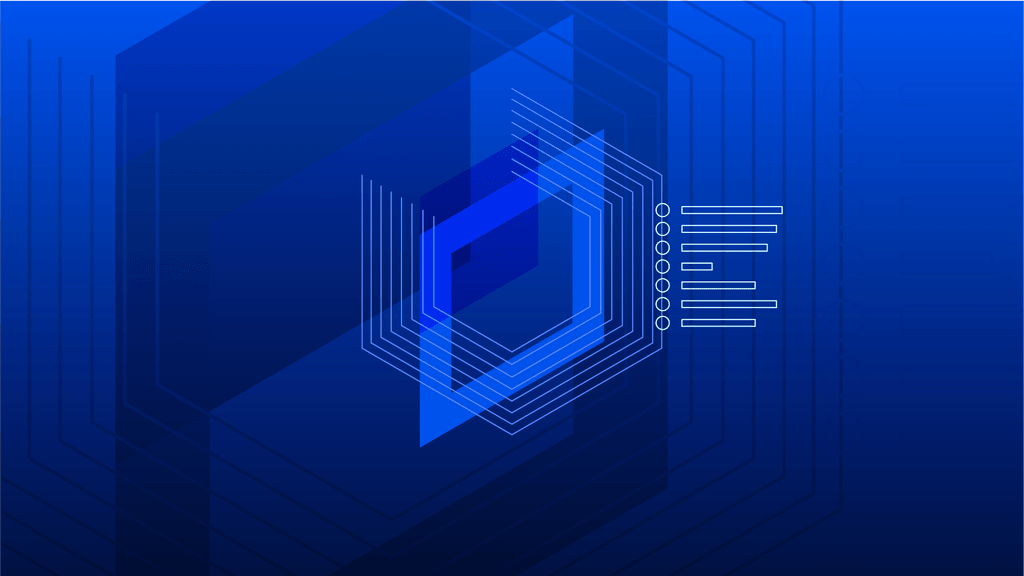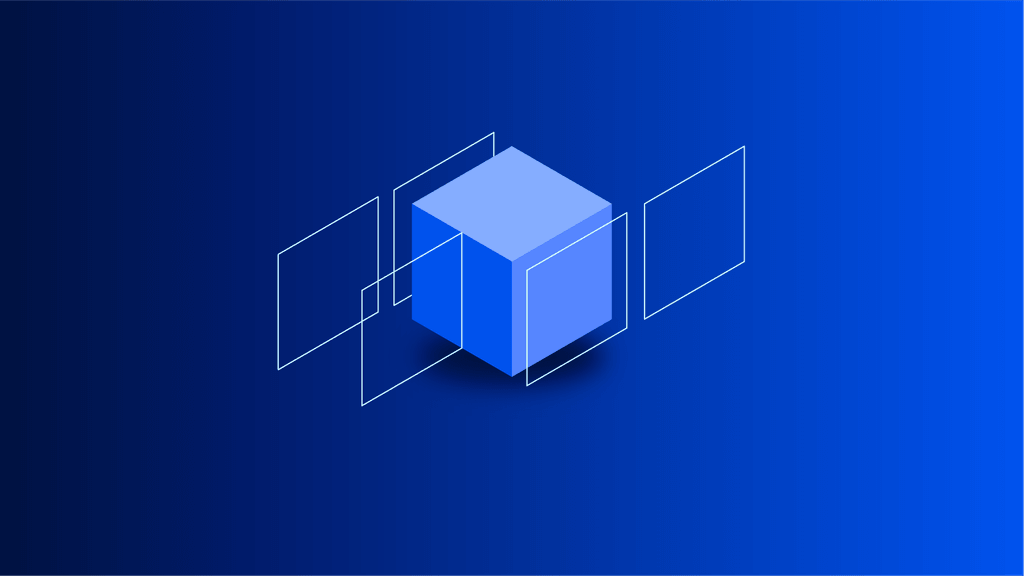Uniform blog/Choosing the right digital experience platform for your needs
Choosing the right digital experience platform for your needs
Choosing the right digital experience platform for your needs
The digital experience platform (DXP) landscape has evolved significantly in recent years. After a period in which headless solutions dominated, the demand for modern, composable DXPs has resurfaced. Brands now seek platforms that enable visual, intuitive digital experience management while leveraging the latest front-end frameworks.
This shift has created challenges for both traditional DXP vendors and headless CMS providers. Legacy DXP vendors are scrambling to market themselves as composable and cloud-native, even if their underlying architectures remain rigid. Headless vendors, meanwhile, are attempting to bolt on visual experience capabilities to their core content management offerings.
Where does this leave organizations searching for a DXP that meets their needs? Choosing between these two approaches can be tricky:
Legacy DXP vendors may lock you into their technology stack, limiting integration options and forcing you to wait for SDKs supporting new front-end frameworks. Headless CMS vendors with added visual tools often provide a shallow, disconnected experience management solution.
The core challenges that plague both approaches are:
1. Lack of true multi-source visual experience management
2. Difficulty reusing components and content across channels
3. Content and experience management siloed from one another
Uniform rises above first-generation DXPs and headless CMSs
Uniform was built from the ground up to address these exact shortcomings. As the world's first composable DXP, Uniform takes a fundamentally different approach.
Let's unpack how Uniform compares to first-generation DXPs and headless CMSs in key categories that answer the challenges.
Composability
First-generation DXP approach: Often relies on vendor-trained developers who can create custom integrations and bespoke components that can handle data from third-party technologies. Any integration is costly and time-consuming and must be maintained through various minor or major upgrades to the DXP.
Headless CMS approach: Is often done through custom code: 1. Integrate data from a third party into the application, and 2. Connect the data to the front-end component through code.
The Uniform approach: Enables easy, no-code integration with any API or service, allowing you to connect your preferred technologies quickly. Over 65 pre-built integrations are available. Integrations happen fast, and the innovative user experience makes it simple to bind data to any front-end element without code.
Modern CMS:
First-generation DXP approach: Most vendors have serviceable visual experience management designed for the built-in CMS. What most first-generation DXPs lack is structured content that can be made accessible anywhere and easy management of content types.
Headless CMS approach: Conversely, headless CMS vendors have good support in managing structured content and content types. They lack good visual experience management, and for the few vendors with visual editors, it’s often very shallow and incompatible with existing content types.
The Uniform approach: Offer both headless and visual content management capabilities. Content can be structured, volatile, or even generatively created. A best-in-class headless CMS combined with a powerful, multi-source visual workspace, minimizing the need for developer involvement.
Visual workspace / experience manager:
First-generation DXP approach: It has been the bread and butter of many vendors, and most have an excellent intuitive user experience that makes it easy for the user to get the job done. However, most are dependent on a front-end with rigid patterns from the vendor to follow, challenging front-end compatibility with visual experience management. In addition, managing any third-party data is often impossible without heavy customization.
Headless CMS approach: As most are born without the visual layer, this is a new addition for a few select vendors. For vendors with added visual experience management, it’s often shallow and, in most cases, incompatible with existing content types. The focus has not been on making it more straightforward to manage digital experience with multiple sources visually, but rather on checking the box that visual experience management is possible for content from the vendors' headless CMS.
The Uniform approach: A visual experience manager allows you to create, manage, and optimize experiences across channels, pulling from multiple data sources. Any source can be used, making composing experiences with data from multiple sources simple. Its composable architecture enables a true multi-source visual workspace with advanced optimization capabilities.
Edge optimization:
First-generation DXP approach: Most vendors offer optimization, but aren’t optimized to deliver the experiences from the edge, which impacts performance and creates flicker.
Headless CMS approach: Most vendors don’t include optimization, and for those that do, it’s not architected to be delivered from the edge of choice.
The Uniform approach: Uniform's personalization and A/B testing are architected for performant, flicker-free delivery from the edge, leveraging CDNs like Akamai, Cloudflare, and Vercel, and ensures high-performing, optimized experiences that engage and convert better.
No-code integration with modern front-end:
First-generation DXP approach: Any integration with the front-end requires code.
Headless CMS approach: Any integration with the front-end requires code.
The Uniform approach: Empowers non-technical users to connect content and data sources to their front-end design system without code, resulting in faster time to market and increased reusability of components across channels and markets.
The Uniform difference
If you're looking to future-proof your digital experience capabilities, Uniform's composable approach may be the solution you've been searching for.
Uniform consists of five core components:
- Composable platform: Enables easy integration of content, data, and technologies of choice.
- Modern CMS: Create content effortlessly and manage content heedlessly or visually.
- Visual workspace: Create, manage, and optimize digital experiences visually for any channel.
- Edge optimization: Convert faster and optimize engagement using personalization and A/B testing at the edge with no flicker.
- No-code integration with modern front-end: Developers use the front-end of choice to power a performant design system.
Uniform, the first composable DXP, overcomes the limitations of legacy DXPs and headless CMSs by offering a no-code, multi-source, visual experience management platform with edge optimization and seamless integration with modern front-end frameworks.
To see this powerful DXP in action, watch the latest Uniform demo.

Uniform Recognized as a Visionary in 2025 Gartner® Magic Quadrant™ for Digital Experience Platforms
Download






